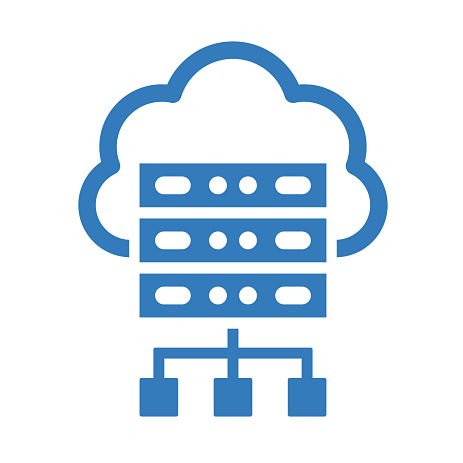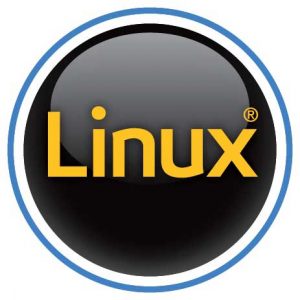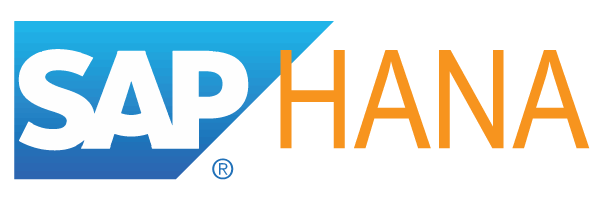About Us
SysAdmins creating software for SysAdmins.
Overcome Cloud Migration Challenges with Our On-Prem to Cloud Approach

One of today’s greatest cloud migration challenges actually sounds deceptively easy: lift and shift. The idea is that if you want to go on-prem to cloud, you can simply pick up your existing workloads and move them from your own servers to the cloud.
In theory, it’s all just a matter of migration. In practice, it often gets much more complicated than that.
Are you considering moving some of your workloads to the cloud? If so, you’ll likely run into some of the cloud migration challenges we outline here.
Are Your Systems Cattle, or Pets?
When you’re considering moving one of your systems to the cloud, ask yourself, “Is this application cattle, or a pet?”
Cattle systems are the systems you implement quickly and don’t care much about (for example, testing environments for your devops team). You need an application to do one specific thing, so you throw it onto the cheapest, most convenient server you can find. Much of the time, that server will be a cloud server. Cloud servers tend to provide cookie-cutter capabilities. Similar storage, similar performance, similar data transfer bandwidth—all at a price you can live with.
To set up a cattle system with cloud hosting, you typically use a web interface. You choose an operating system from a drop-down menu, maybe pick a few more options, and click a button to confirm. It’s all fast and easy, because again, you don’t really care that much about the details.
Pet systems, on the other hand, are the systems you really care about. These are the applications you use most, customize heavily, and take good care of for years at a time. You want the best hosting for them, so you tend to install them on-premises.
Your pet systems are the ones that are harder to move to the cloud. You’ve spent years tuning them to run exactly the way your organization needs, and you don’t want to have to go back and re-do all that work after a migration to the cloud. Can you imagine migrating your data center to the cloud? You wouldn’t be cavalier about your hosting, would you?
But consider again how the typical migration runs. You’d go to the web interface and choose Linux operating system from the drop-down menu. So far, so good.
What comes next? Once you’re live in the cloud, you’re probably looking at many long hours of installing patches and updates to get your data center running the way it did when it lived under your roof. Your cloud provider isn’t going to help you. This one is on you.
Faced with cloud migration challenges like these, it’s easy to see why so many Linux sysadmins are dead set against migrating to the cloud. They’re not lazy—they simply recognize the risk involved in a move like this one.
So what’s the answer? Should sysadmins simply resign themselves to missing out on the savings and ease of running major applications in the cloud? No. There’s a better way forward.
Consider This Proven Cloud Migration Solution
Yes, there are cloud hosting providers that provide infrastructure as a service (IaaS). These services help mitigate some cloud migration challenges by letting you move your virtual machine image into their virtual machine environment. But you’ll probably have to have exactly the right version of VMware to make it work. Remember: disk images are designed to end up in an environment exactly like the one they just left. Otherwise, you’re playing with fire.
Instead of choosing a pre-configured OS and hoping for the best, consider using a lift-and-shift solution to overcome the most common cloud migration challenges.
Storix System Backup Administrator (SBAdmin) lets you back up your entire system and then restore it in your new virtual environment. Our solution uses Adaptable System Recovery to migrate your Linux and AIX systems to the new cloud environment while intelligently adapting to changes.
A Storix specialist can walk you through our lift-and-shift approach and show you how many manual steps we can eliminate for you. To speak with one of our specialists, call (877) 786-7491 today.





